TRÖTE began with a bold question I asked myself: Can sound become a physical form? This challenge brought together traditional craftsmanship, acoustic science, and advanced manufacturing. Rather than hide components inside a box, I wanted TRÖTE to showcase its structure — making each element part of a visual and acoustic story.
The name “Tröte” in German refers to a crude and noisy horn. With this project, I turned that idea on its head. TRÖTE is deliberate, sonically refined, and engineered with intention. It is as much a musical instrument as it is a sculptural installation — proving that sound design can move beyond function to become an expressive art form.
Crafting the Heart: The Hand-Blown Glass Horn
At the heart of this vision lies an individually hand-blown glass horn, each one unique in its details. The result is a product that doesn’t just play music — it makes sound tangible.
Skilled glassblowers use a traditional pipe and controlled rotation to shape each horn, introducing subtle variations in wall thickness, curvature, and diameter.
These variations create slight differences in acoustic behavior and give each horn its own character. After shaping, the horns are annealed in a kiln to remove internal stresses, then carefully trimmed and polished for a refined, sculptural finish.
This handcrafted approach means no two TRÖTE horns are identical, each one is a unique sonic and visual signature.
Engineering, Inspired by Classic Audio Icons
While the glass horn defines TRÖTE’s expressive personality, its technical backbone is rooted in precision engineering.
The design references the iconic proportions of OJAS bookshelf speakers, optimized for an 8-inch driver — a subtle homage to timeless hi-fi audio design. The adjustable aluminum base allows a 5-degree tilt, ensuring optimal sound projection to the listener’s ear level and enhancing the immersive experience.
The fusion of organic glass and engineered metal creates a balance between art and performance that is rare in the audio world.
The Precision Behind the Base
To realize the ambitious design, I needed mechanical parts that would match the uniqueness and precision of the glass horns. Xometry supplied custom laser-cut aluminum components with exceptional accuracy and consistency — even in low production volumes.
This capability was crucial for prototyping and small-scale production, enabling rapid iteration without compromising quality. The precision aluminum base not only supports the glass horn but also ensures the stability and longevity needed for high-end audio performance.
This collaboration enabled me to translate my artistic vision into a technically refined, market-ready product — demonstrating how the right manufacturing partner can help unite craftsmanship and engineering with exceptional precision and reliability.
The Result: A New Way to Listen
In the end, TRÖTE became exactly what I had imagined — a piece that turns sound into a sculptural, almost living presence. It’s a fusion of craft and engineering, of glass and metal, of art and precision. For me, it’s proof that when we let materials speak and embrace both tradition and technology, we can create objects that go far beyond function — objects that invite us to listen with our eyes, feel with our hands, and experience sound in a completely new way.
Have you worked on projects that blend design, craft, and technology? Tell us about your process and lessons learned.
Share Your Engineering or Product Design Story
Share Your Story!
Share your engineering and product design journey and get a €300 reward! Showcase your innovative solutions and best practices with our community.
 Europe
Europe  Türkiye
Türkiye  United Kingdom
United Kingdom  Global
Global 

 Login with my Xometry account
Login with my Xometry account  0
0
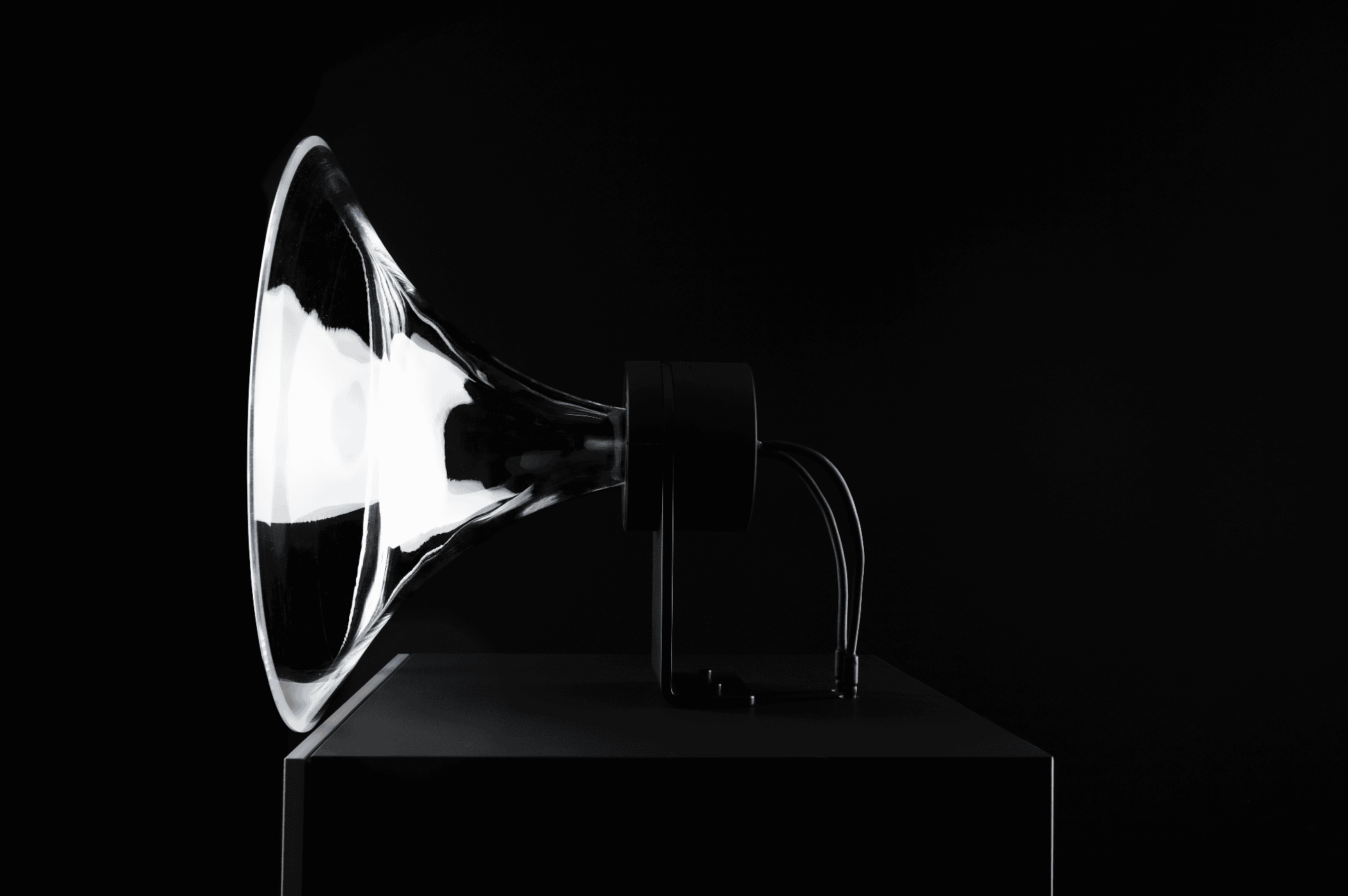
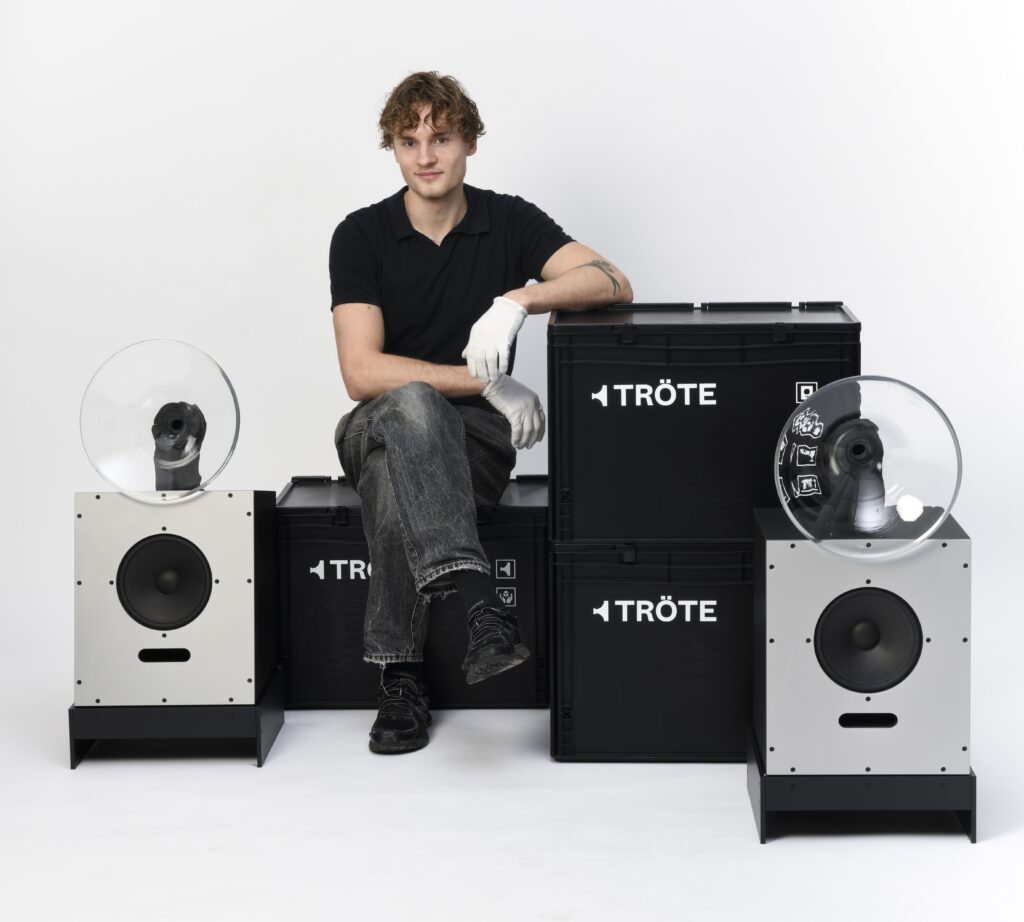
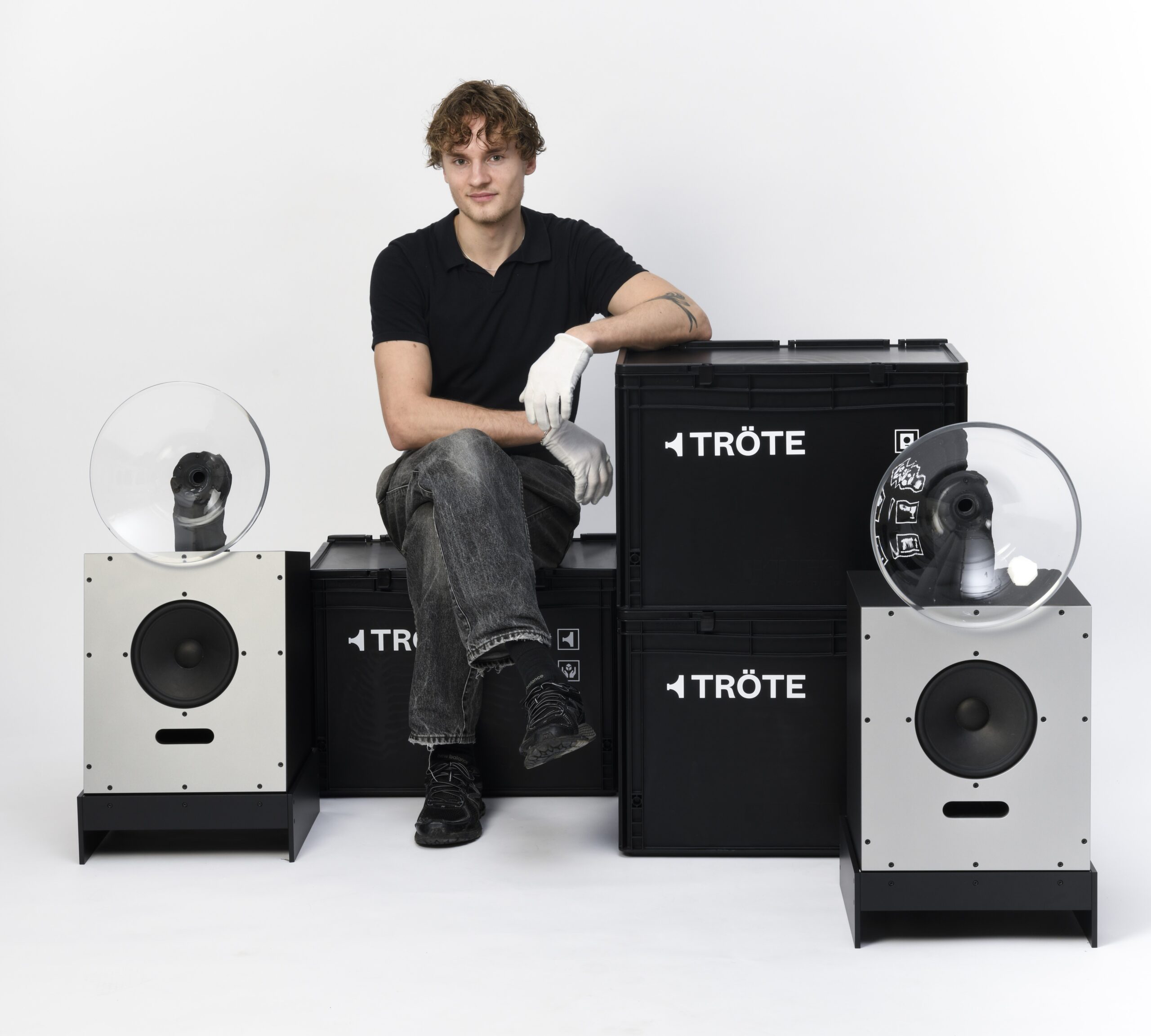
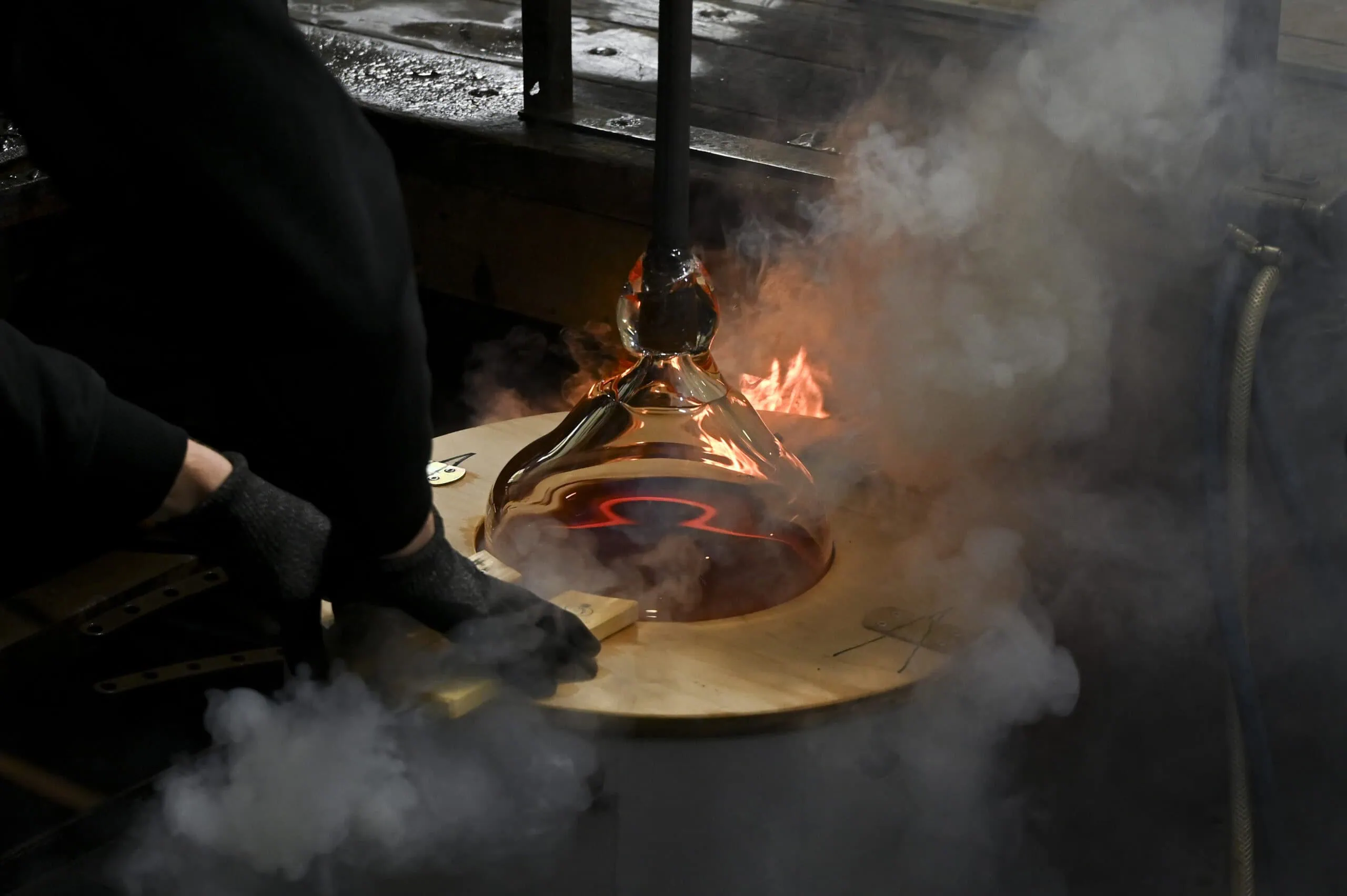
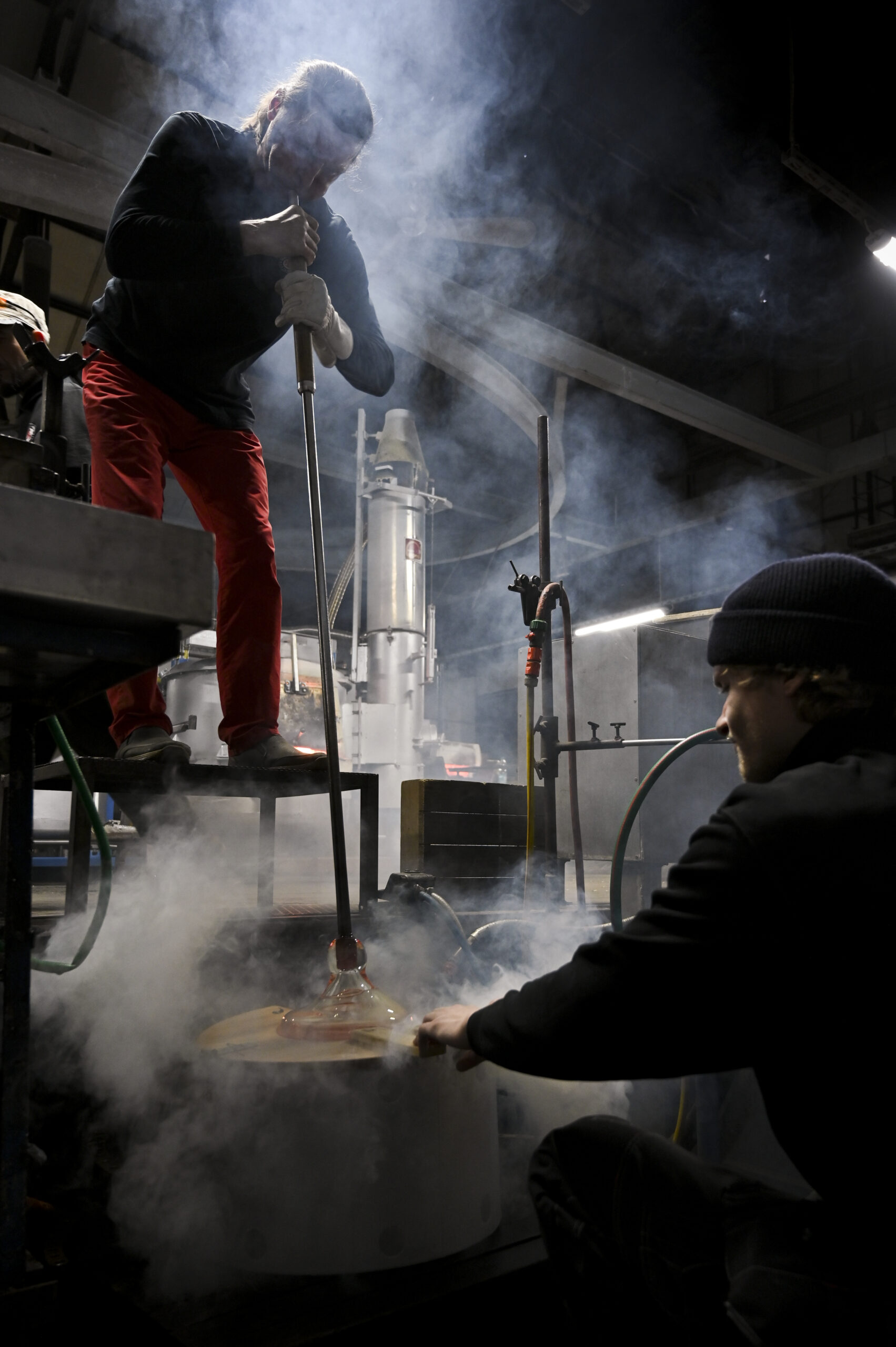
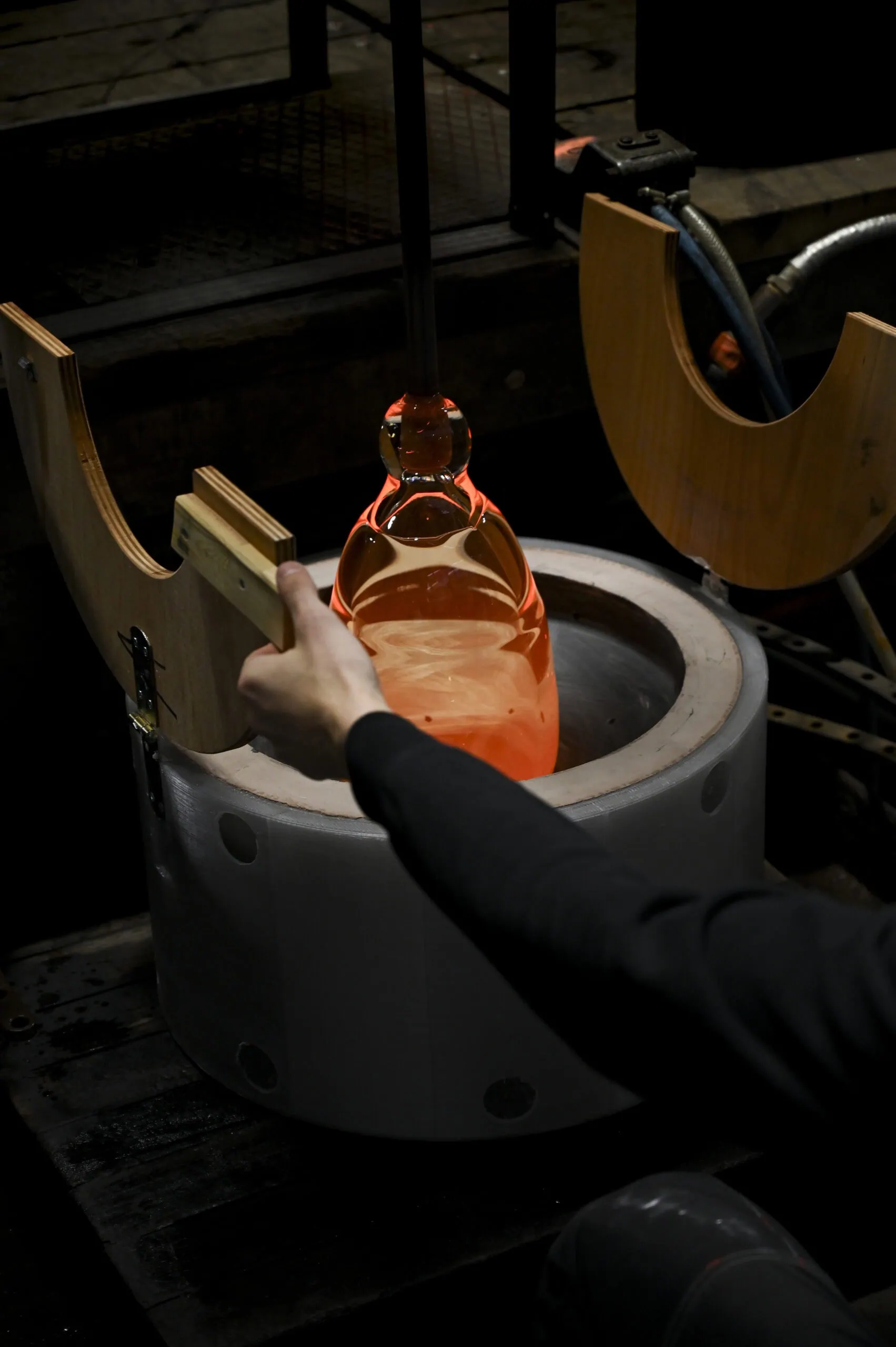

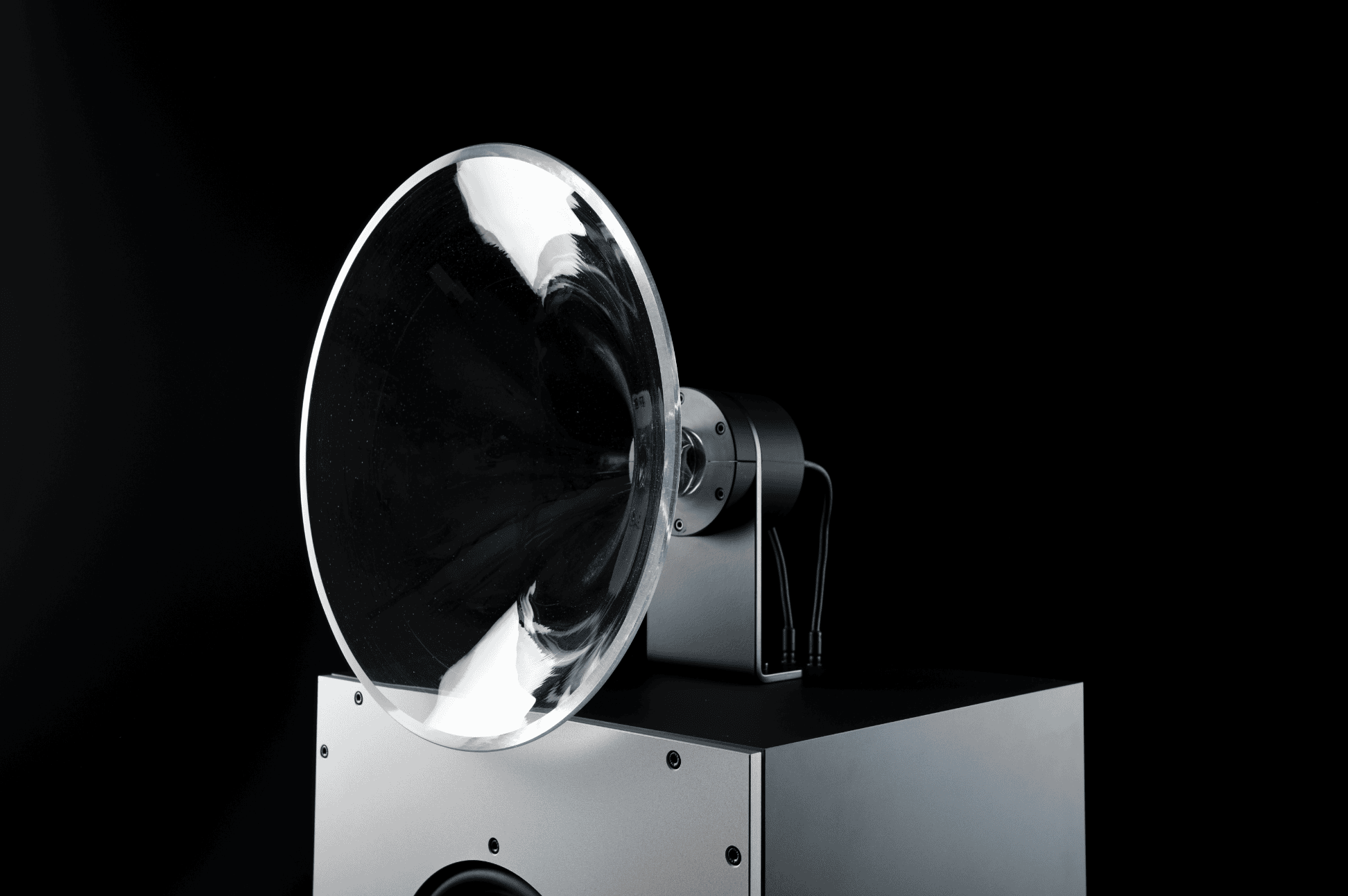


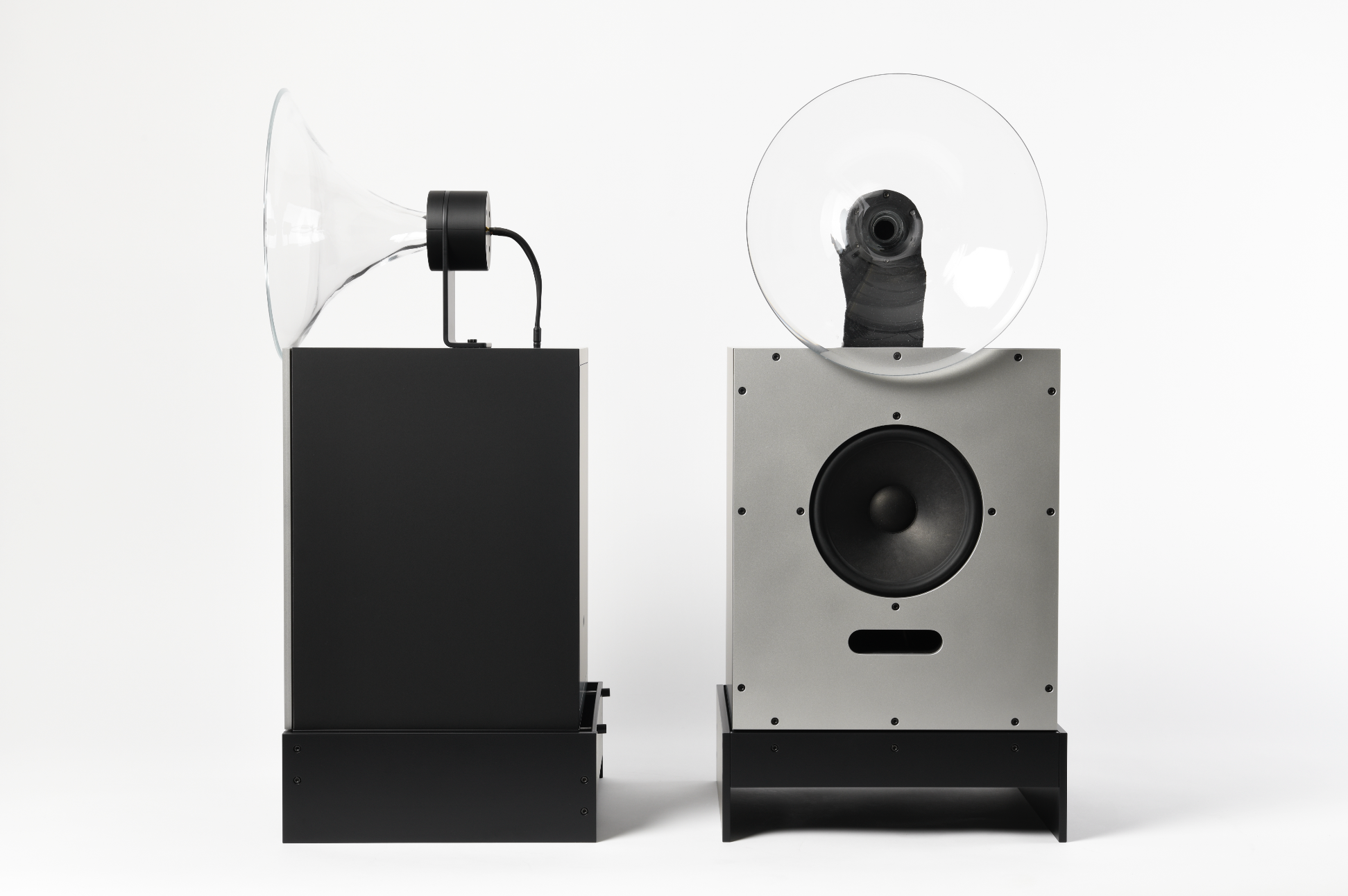
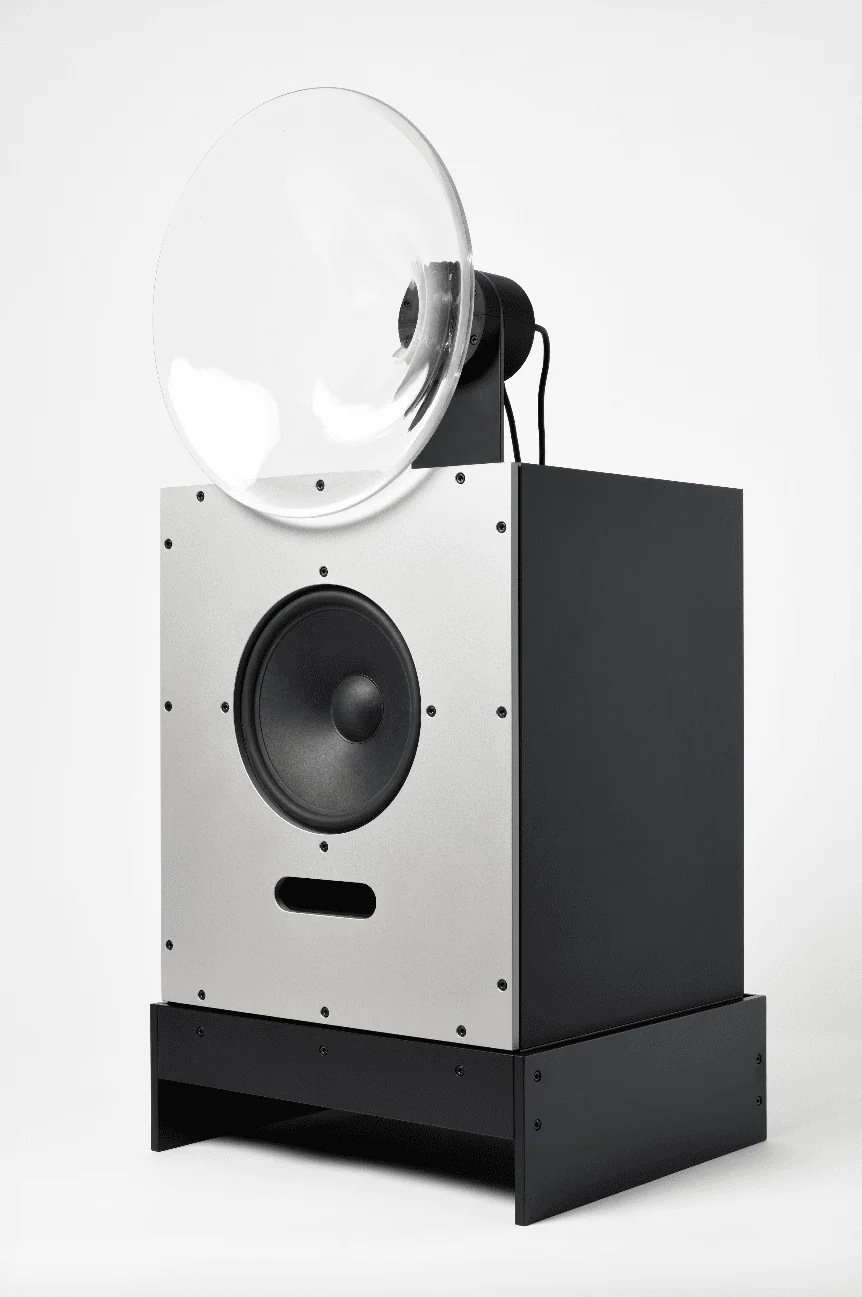
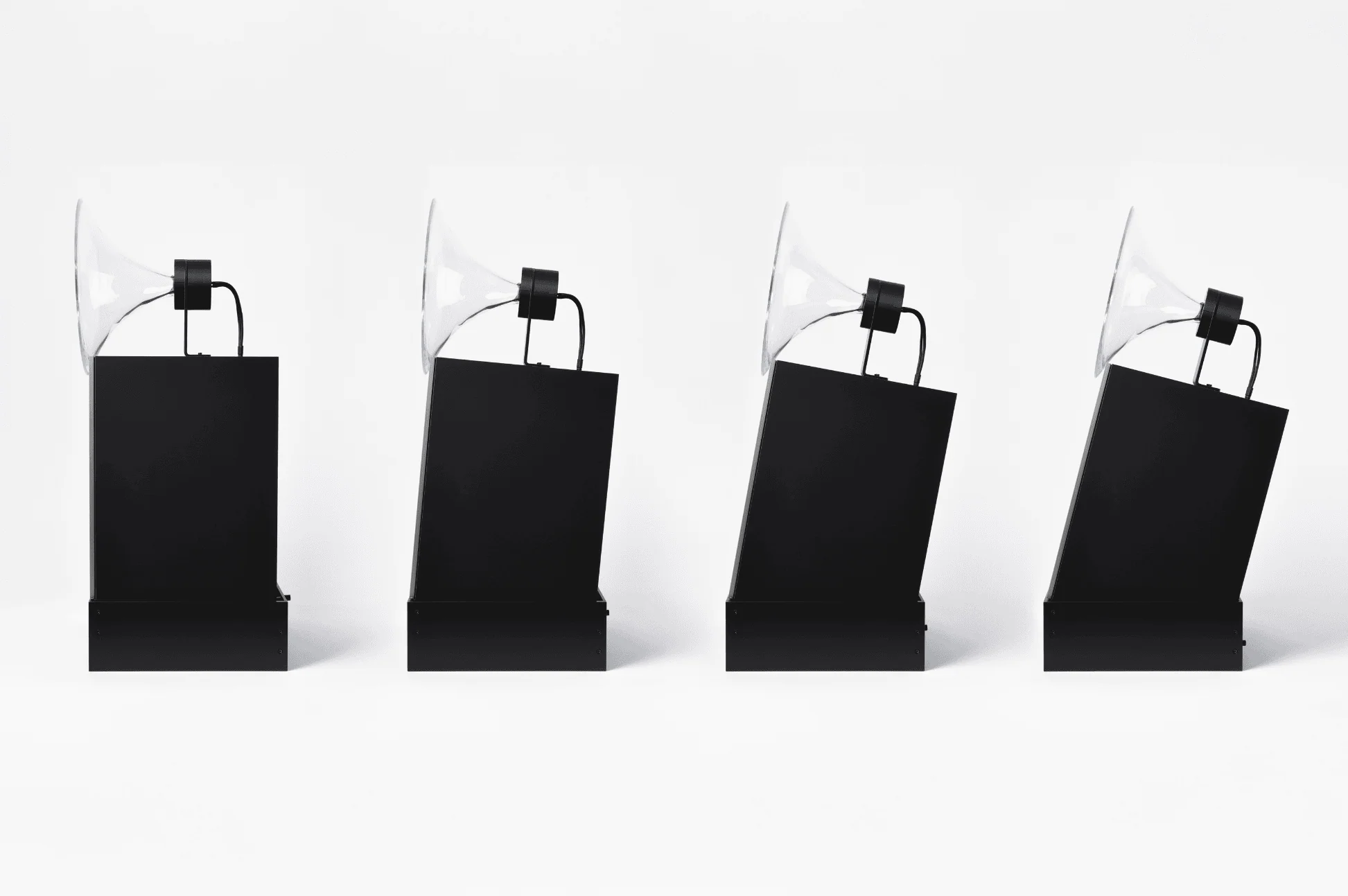

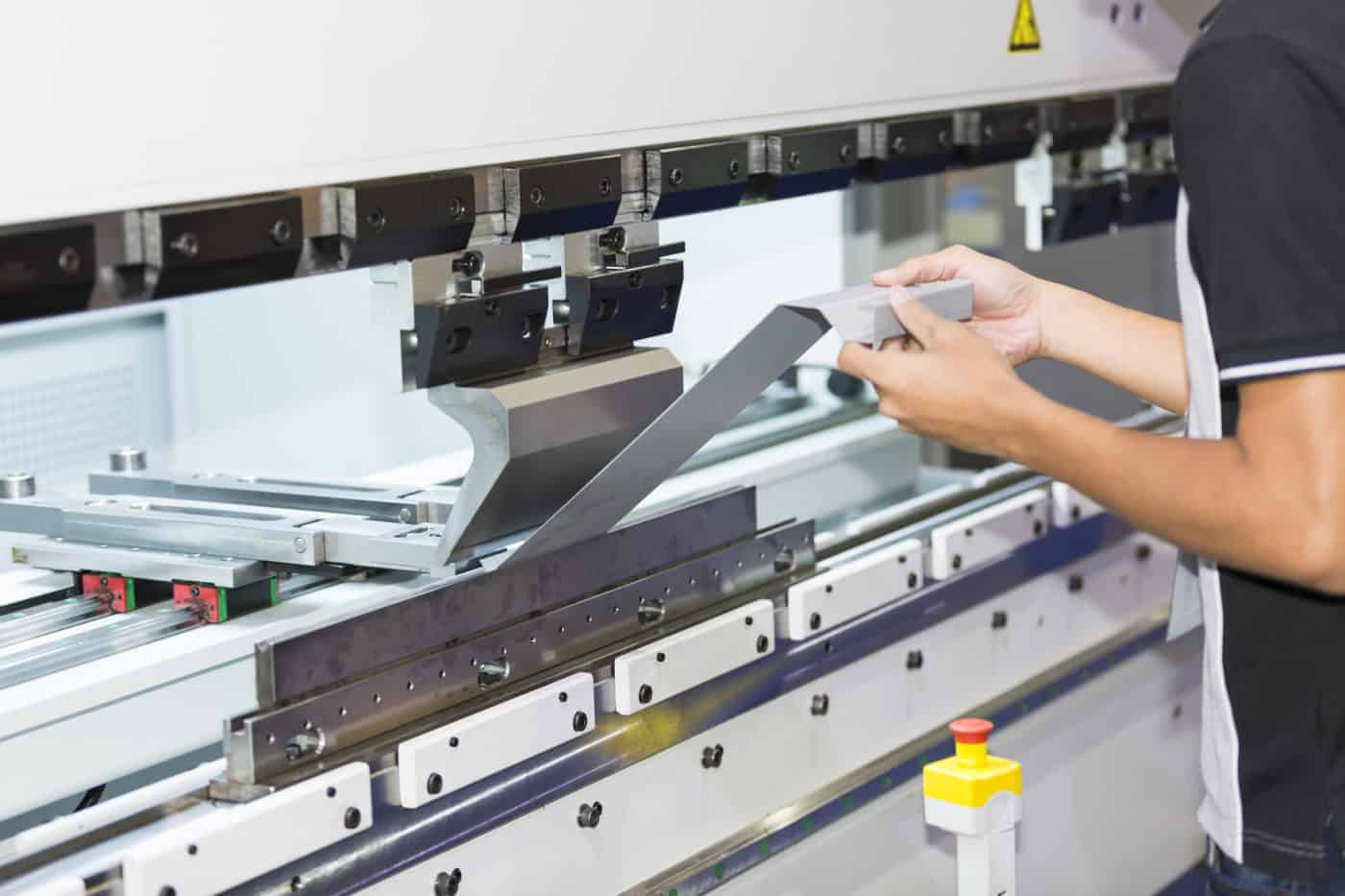
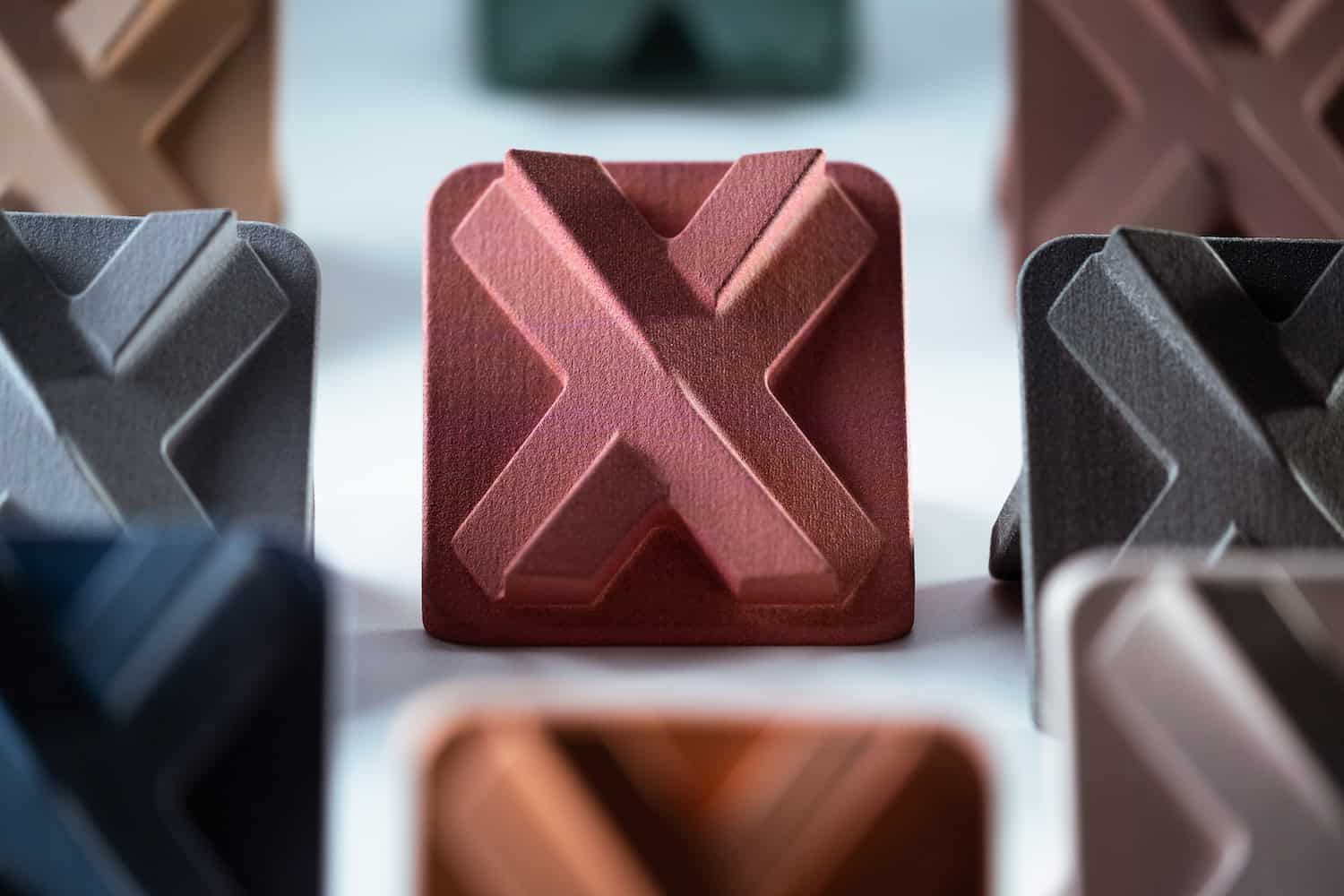

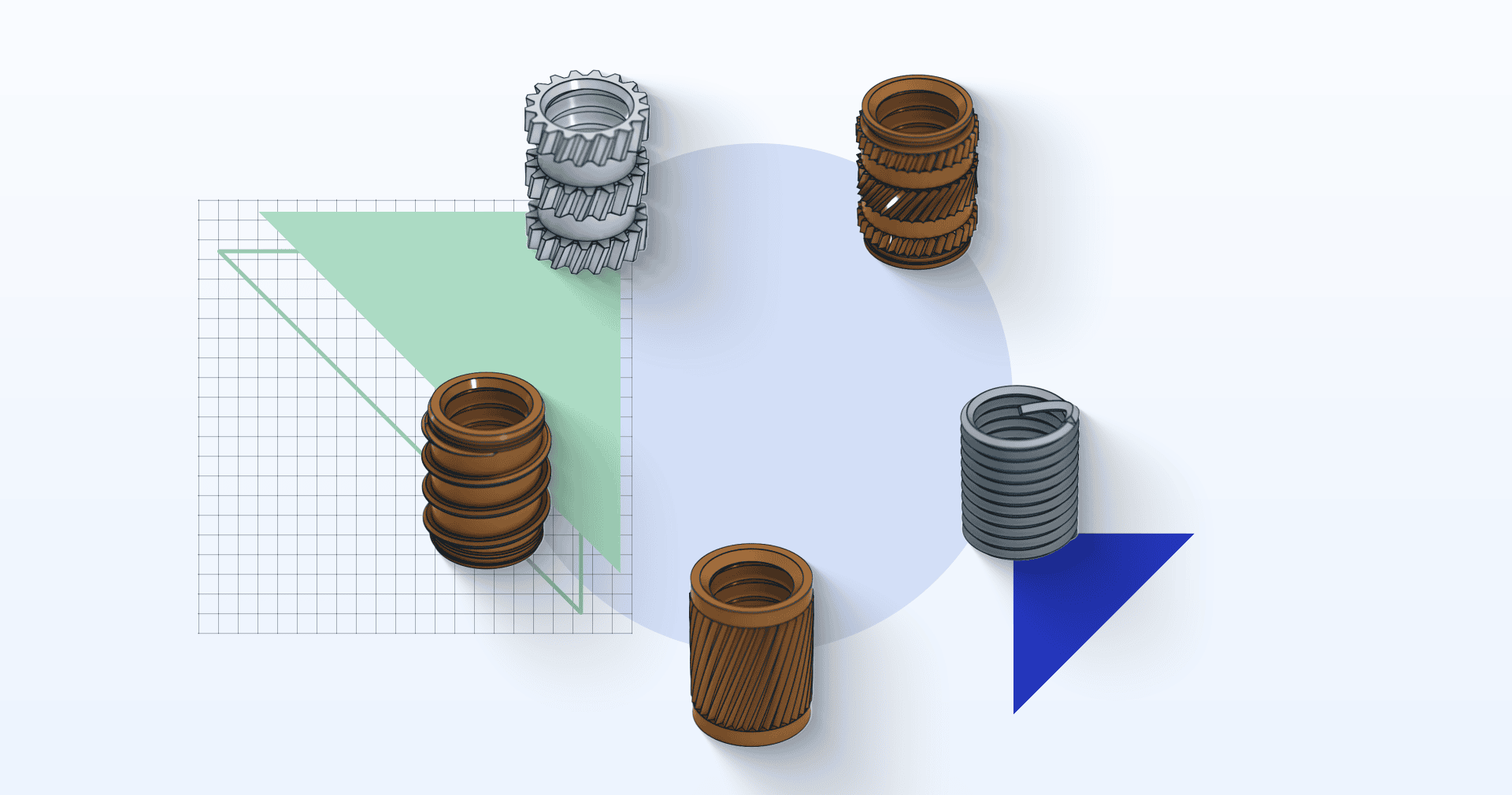

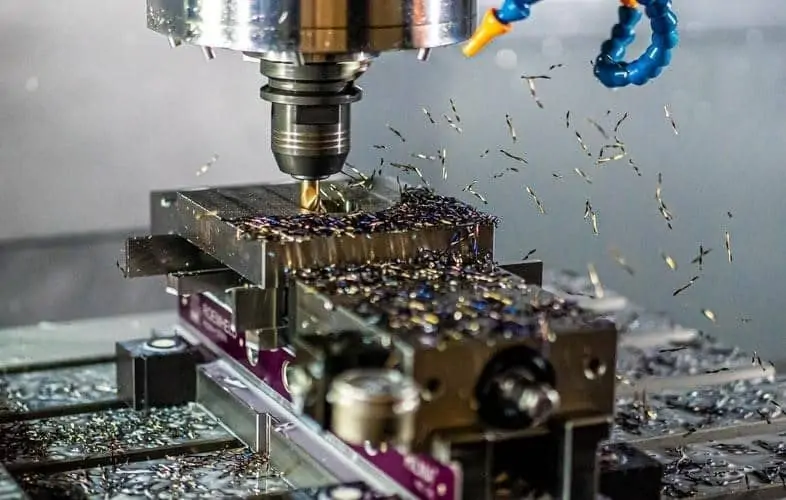


Comment(0)